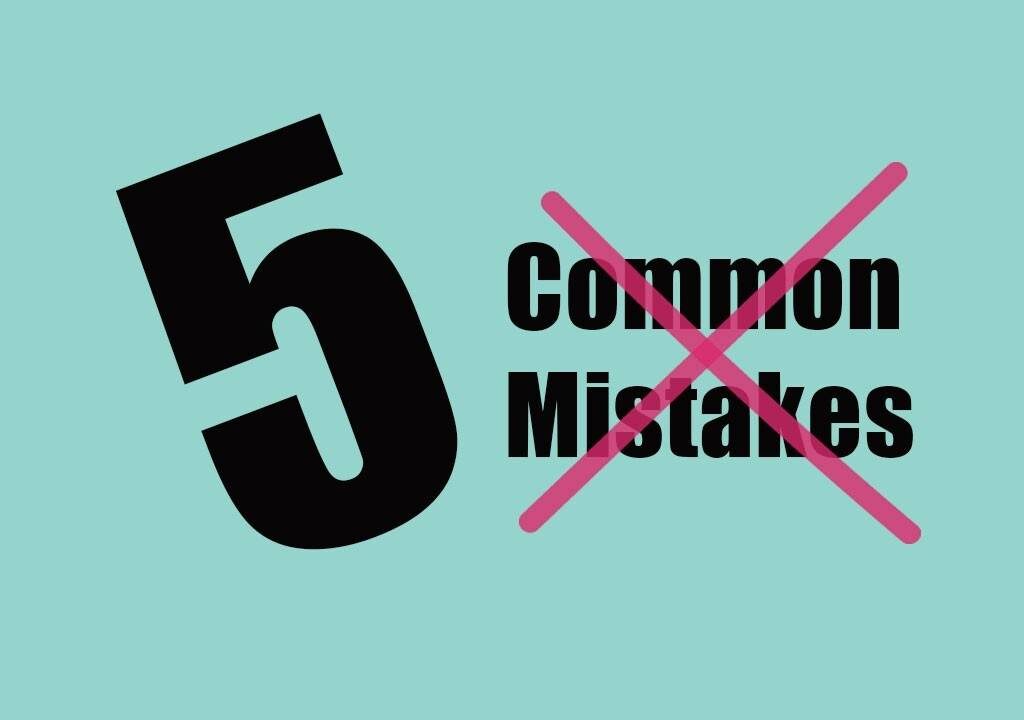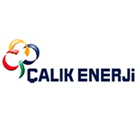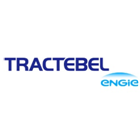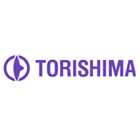
Technical translation stands as one of the most intricate and demanding realms within the translation industry. It not only necessitates a flawless command of language but also requires a profound understanding of specialized terminology, design standards, and contextual implications. Mistakes in technical translation can lead to significant repercussions, ranging from improper assembly of equipment to legal and financial complications. Below, we explore the top five mistakes in technical translation and their ramifications.
-
Terminological Errors
Technical documentation is replete with specific terms, and the erroneous translation of these can severely distort their intended meaning. Oftentimes, translators lacking specialized expertise resort to using inaccurate or outdated terminology, which can result in severe repercussions. These might include incorrect assembly and operation of equipment, safety violations during operation, and legal disputes arising from non-compliance with established requirements.
At Global Translation Service, we engage only seasoned professionals for technical and engineering translation, who possess relevant higher education, are well-versed in specialized terminology, utilize specialized glossaries and terminology databases to ensure accuracy.
-
Incorrect Translation of Units of Measurement
One of the most prevalent errors encountered among poorly qualified translators is the inaccurate conversion of units of measurement. This oversight can ultimately result in discrepancies between the dimensions or parameters outlined in the original text and those presented in the translated version. Such mismatches are likely to lead to production defects, potential equipment damage during operation, and subsequent consumer disputes, culminating in significant financial and reputational repercussions.
The experts at Global Translation Service take great care when translating any technical documentation and drawings, consistently paying close attention to these critical details. They rely on professional reference materials and relevant regulatory documents that outline various international standards, ensuring the highest level of accuracy in their work.
-
Omission or Distortion of Data
In technical documents, even a minor oversight — such as an overlooked symbol, instructional section, or note — can lead to substantial errors during the operational process. Every detail is vital; thus, precision and thoroughness in engineering translation are paramount. The slightest oversight may disrupt technological processes, compromise equipment functionality, and pose risks to user safety and health.
Here, at Global Translation Service, we implement a multi-layered review process for all technical translations, where each project undergoes thorough linguistic and technical reviewing, editing, and proofreading before delivery to clients.
-
Incorrect Adaptation to Standards and Regulations
Different countries establish their own standards and requirements for technical documentation. Engaging in direct translation without considering these standards can render a document unusable, resulting in non-compliance with regulatory requirements, delays in obtaining necessary certifications and permits, and legal ramifications.
Our team at Global Translation Service consists of highly qualified technical translators who are well-acquainted with national standards (such as GOST, DIN, ANSI, etc.), ensuring that professional texts are suitably adapted to the industry-specific requirements of the target country.
-
Poor Translation of Drawings and Diagrams
Technical drawings entail various symbols and designations that demand precise translation and alignment with associated technical documentation. A failure to uphold high-quality translation standards can result in design and manufacturing errors, increased costs for rectifying defects, wasted time, and a tarnished reputation.
The translators at Global Translation Service not only possess a profound understanding of foreign languages but are also skilled in specialized software (such as AutoCAD and SolidWorks) and bring extensive experience working with graphical documents.
Ways to Avoid Mistakes in Technical Translation
To mitigate risks and ensure the precision of translated technical documentation, it is essential to engage only with professional translation agencies. Global Translation Service, with over a decade of successful collaboration with major international companies in Uzbekistan, is committed to delivering top-quality translations for both drawings and technical documentation.









































































